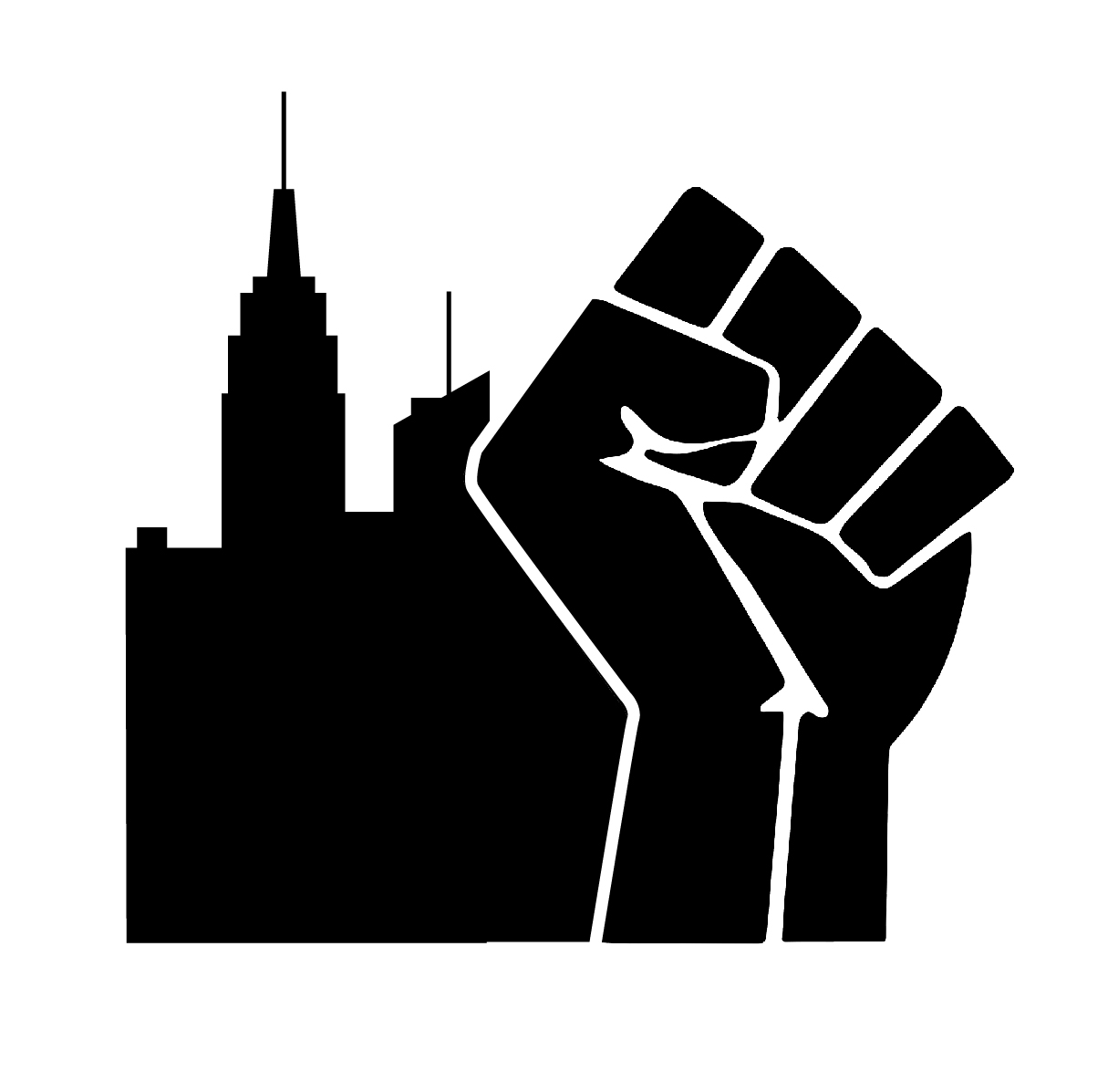Written by Alfred Williams
I. Introduction
We all know how it feels when somebody asks our opinion and then, seemingly out of spite, does the exact opposite. When this occurs at an institutional level, entire communities — made up of the people that are the driving force of such institutions — understandably become frustrated and demand change.
Such change must be on the horizon for New York City’s Uniform Land Use Review Procedure (the “ULURP”). The ULURP, designed and implemented to allow for public scrutiny of certain real estate development applications, is systematically flawed in carrying out its own objective. Although New York City’s community boards are given two months to review ULURP applications, recommendations they make are non-binding and often discarded during subsequent review.
II. A Case Study: NYU 2031
Take, for example, the controversy surrounding New York University’s expansion plan, “NYU 2031.” The plan calls for an addition of six million square feet to NYU’s campus by the year 2031, including over one million square feet to the university’s “core” campus in Greenwich Village. Although the plan is projected to add nearly ten thousand jobs to the local economy, generate $1.1 billion in tax revenue and increase property values, many neighborhood residents fear it will alter the historically bohemian character of Greenwich Village. As such, NYU 2031 has ignited local opposition and protest.
In fact, during ULURP review, the community board voted unanimously against NYU’s plan, 40-0. However, despite the board’s recommendation, the plan was ultimately approved by the City Council by a vote of 44-1. Not surprisingly, almost immediately after such approval, eleven local resistance groups filed a petition for the court to overturn that decision based on the City Council’s “abuse of discretion.”
III. Proposed Reform
The controversy over NYU 2031 is just one example of a municipal land-use decision that generated what has turned into a bitter legal battle. Other recent development proposals, including the West Rail Yards, the Atlantic Terminal and the new Yankee Stadium have resulted in similar challenges. As such, it is time that the ULURP is reformed to ensure all voices are heard and taken into account.
A. Collaborative Decision-Making
One option is to eliminate the non-binding phases of ULURP review, and instead bring together all stakeholders for collaborative decision-making. That is, instead of the Community Board, Borough President and City Planning Commission reviewing applications separately, the entities should review applications in collaboration with one another. This would effectively eliminate 90 days of mandated review — 60 days for the Board and 30 days for the Borough President — which would allow for expedited decision-making or more thorough review of complex applications. Additionally, all participants would more likely be satisfied with the outcome if they had a voice in the final decision.
B. Mediated Disputed Resolution
When participants are unsatisfied and reach impasse, they should be required to mediate before seeking judicial relief. Indeed, mediation has proven effective in New York for complex commercial cases as well as certain environmental and family law disputes. By employing a neutral third party, ULURP participants will be more likely to identify the problem, understand differing perspectives and move closer to a mutually satisfactory resolution. Effectively, this would: (i) help avoid the prospect of contentious litigation; (ii) alleviate some burden on court dockets; (iii) reduce and/or eliminate costs associated with litigation including, but not limited to, discovery and motion practice; and (iv) increase the ULURP’s internal capacity to manage conflict.
All participants should be legally bound by agreements reached during ULURP mediation. Otherwise, the underlying threat of collateral litigation would detract from any meaningful participation in settlement discussions. Furthermore, non-participants wishing to challenge a mediated settlement should be required to demonstrate injury different from the community at large. After all, the community interests are represented by the elected officials and a community board composed of a diverse selection of neighborhood residents.
IV. Conclusion
In today’s recovering economic landscape, real estate development in New York City is once again on the rise. During this time, other major development projects are sure to materialize. We can embrace this inevitable growth in a way that is acceptable to all stakeholders. We can make collaborative land-use decisions. We can overcome our differences outside the courtroom. We can allow our city to continue to grow and evolve while maintaining its historic character and charm. But first, we need to reform the Uniform Land Use Review Procedure.

